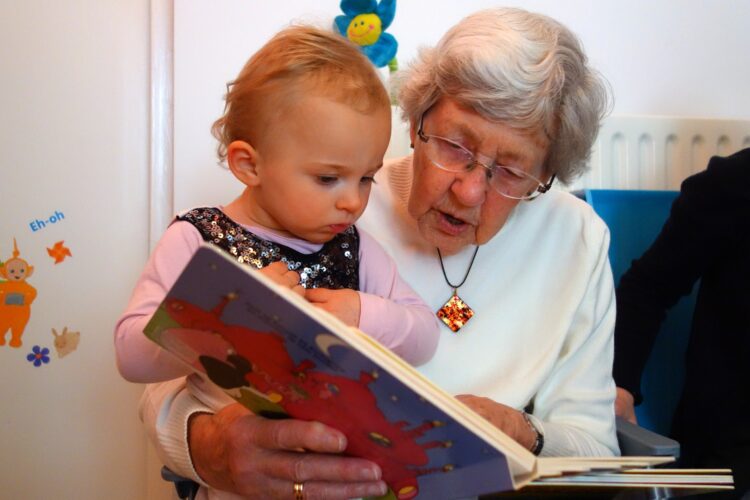According to the National Institute on Deafness and Other Communication Disorders, one-third of people aged 60 and above have problems hearing. Certain sounds come through well; others not so well, and others not at all. Few age-related hearing problems can be completely cured, but innovative new tools are available.
Well known symptoms of age-related hearing loss include :
- Having difficulties communicating on the telephone.
- Sensing that too many people are mumbling or slurring their words.
- Experiencing problems conversing with more than one person at a time.
- Keeping television volumes at a level many others tell you is way too high.
- Having difficulties hearing at theaters or lecture halls because of background noises.
Since hearing problems usually increase with time, most people do not seek assistance until their symptoms have become quite noticeable. Physicians specializing in ear, nose and throat otolaryngologists investigate possible causes and treatment options, but seldom find total cures. Instead, they refer patients to audiologists with a goal of identifying suitable hearing aids.
Hearing aids do not serve as full replacements for the human ear, but attempt to monitor spoken words and reduce interfering background sounds. For hearing impaired people who have difficulties communicating with a standard telephone, the California Telephone Access Program provides free or low-cost telecommunications equipment and services:
- CapTel or captioned telephones. A small screen attached to the CapTel telephone connects with a captioning service that transfers spoken words to voice recognition software. The written text of what was actually spoken but might not have been heard is immediately displayed on the telephone screen.
- Amplified telephones. An average telephone provides 10-12 decibels the units used to express sound intensity and pressure levels. Specially amplified phones can be programmed to ring as loud as 60 decibels.
- Assistive listening devices. ALDs provide hearing-impaired people with earphones connected electronically to hand-held microphones or expanded sound systems. They are becoming more accessible at public auditoriums, movie theatres, and meeting places.
- Home-placed electronic alerts. Telephones, doorbells, smoke detectors and alarm clocks may be connected to one or more lamps that project flash signals that certain sounds are occurring.
- Wireless television amplifiers. These transmit stereo sounds from televisions to wireless headsets and are compatible with TVs, stereos, and MP players. The lightweight headset-receivers look like common earphones and have adjustable volume. Even when the volume is significantly increased, only the headset’s wearer can hear the amplified sounds.




